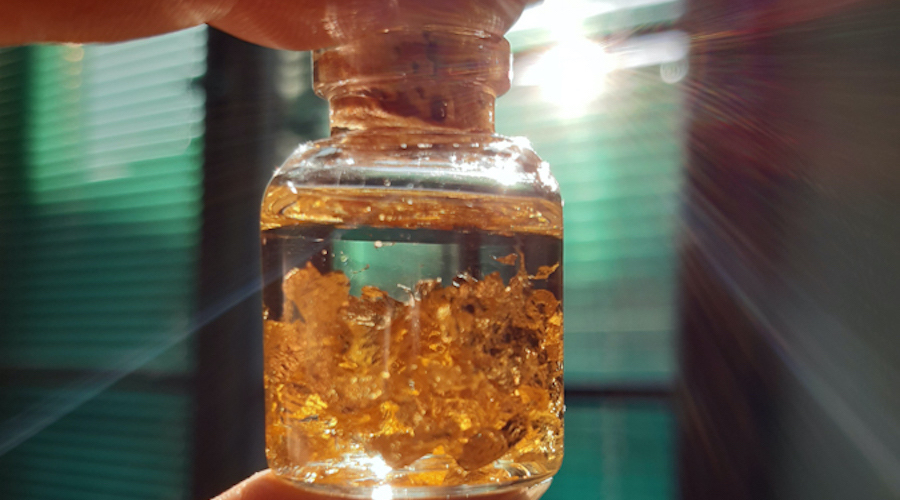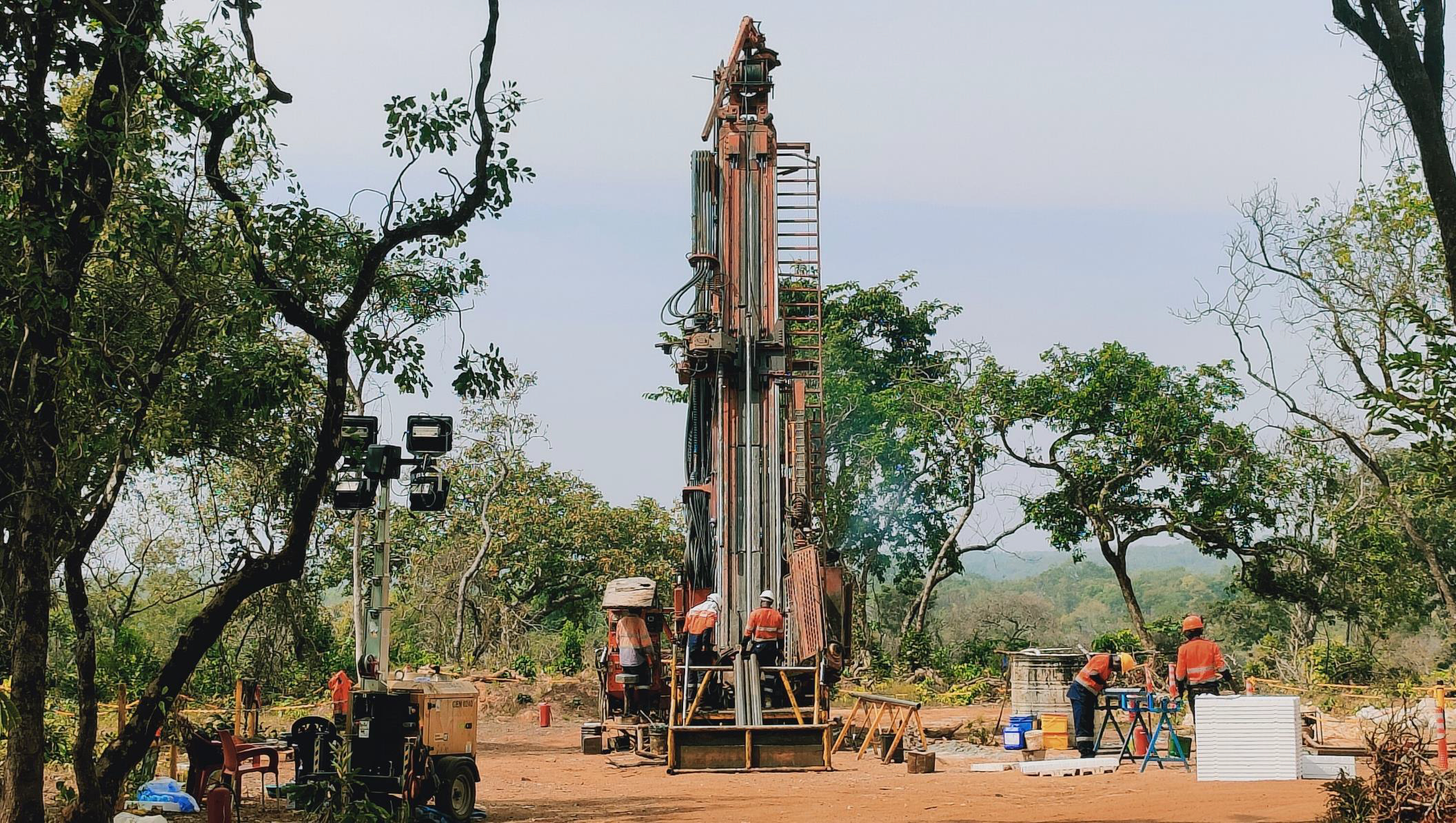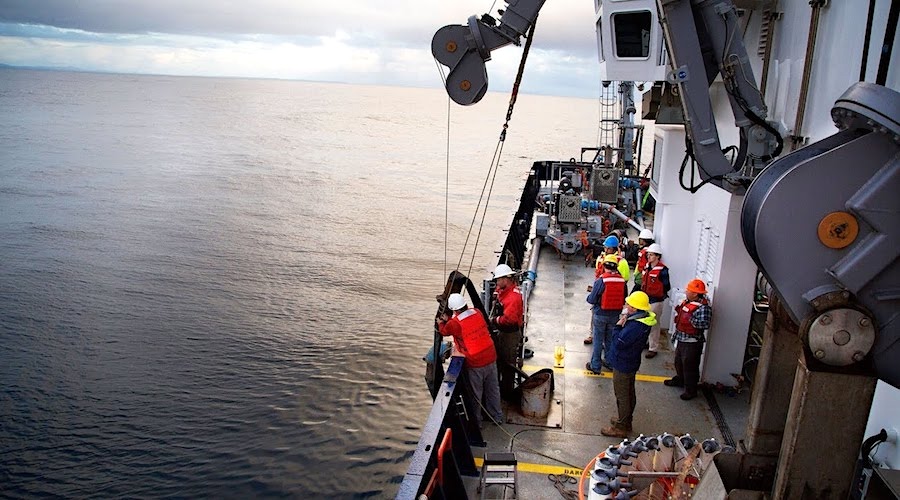Rio Tinto clears major hurdle for US$2 billion Kitimat smelter modernisation in British Columbia
Rio Tinto's US$2 billion project to modernise its Kitimat smelter in British Columbia, Canada, will be submitted for Board approval following the decision by the British Columbia Utilities Commission (BCUC) to accept the 2007 Energy Purchase Agreement (2007 EPA) between Rio...
You've reached your limit of free weekly articles
Keep reading MINING.COM with a TNM NEWS+MARKETS Membership.
TNM Memberships is your key to unlocking access to the best news, insights, and data in the mining industry.
Get Started with a free 45-day Trial ** Credit card required to begin free trial. Your card will be charged 45 days from signup. You will receive an email notification seven (7) days before the free trial period ends.
Already a Member?
Sign inSubscribe for Unlimited Access
Enjoy unlimited News Stories and Specialty Digests, along with Mining and Metal Market insights as part of your NEWS+MARKETS Membership. Or go even deeper with our Global Mining Data platform, TNM Marco Polo, included with your NEWS+DATA Membership.
Explore Full Membership Benefits





